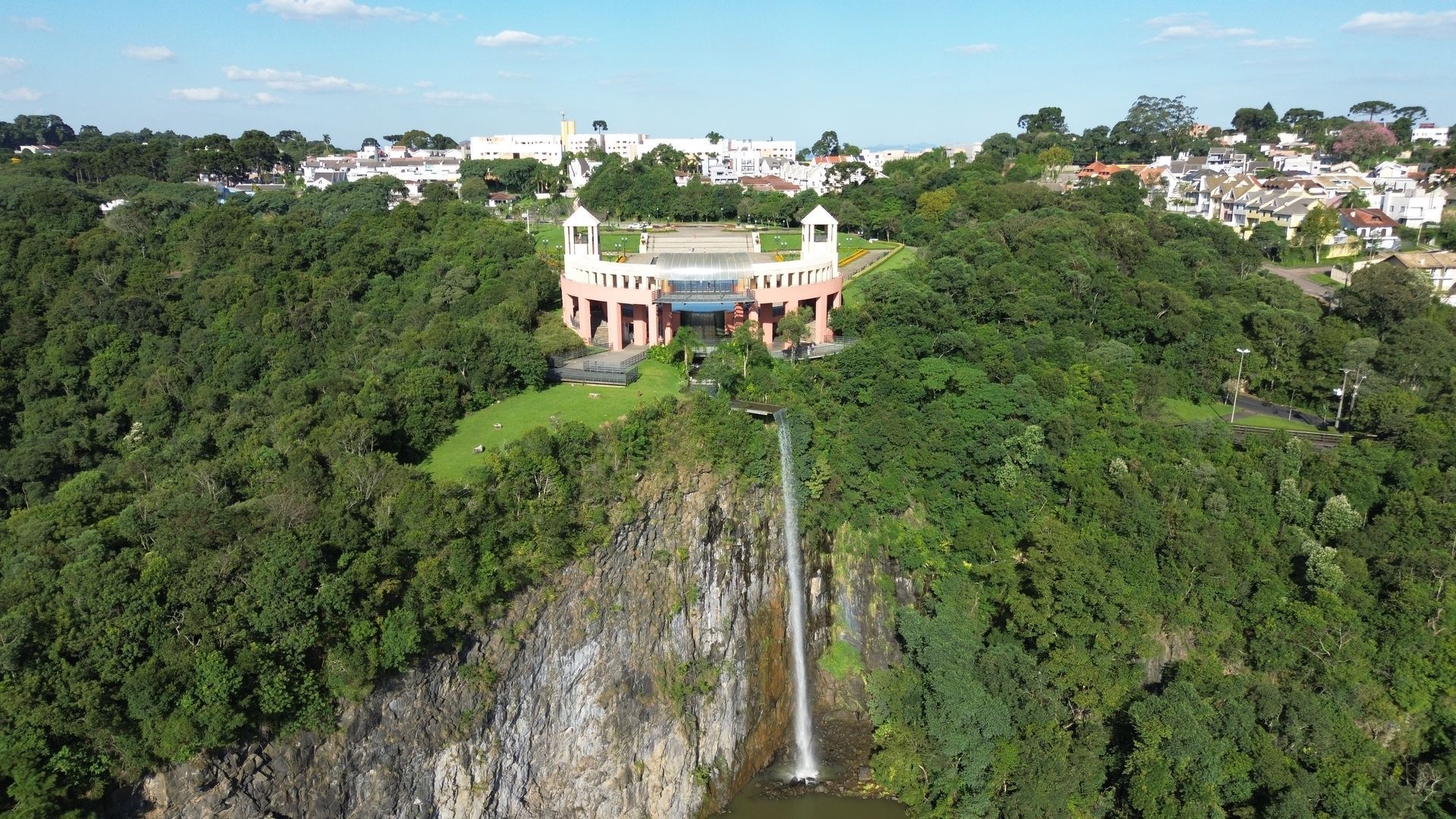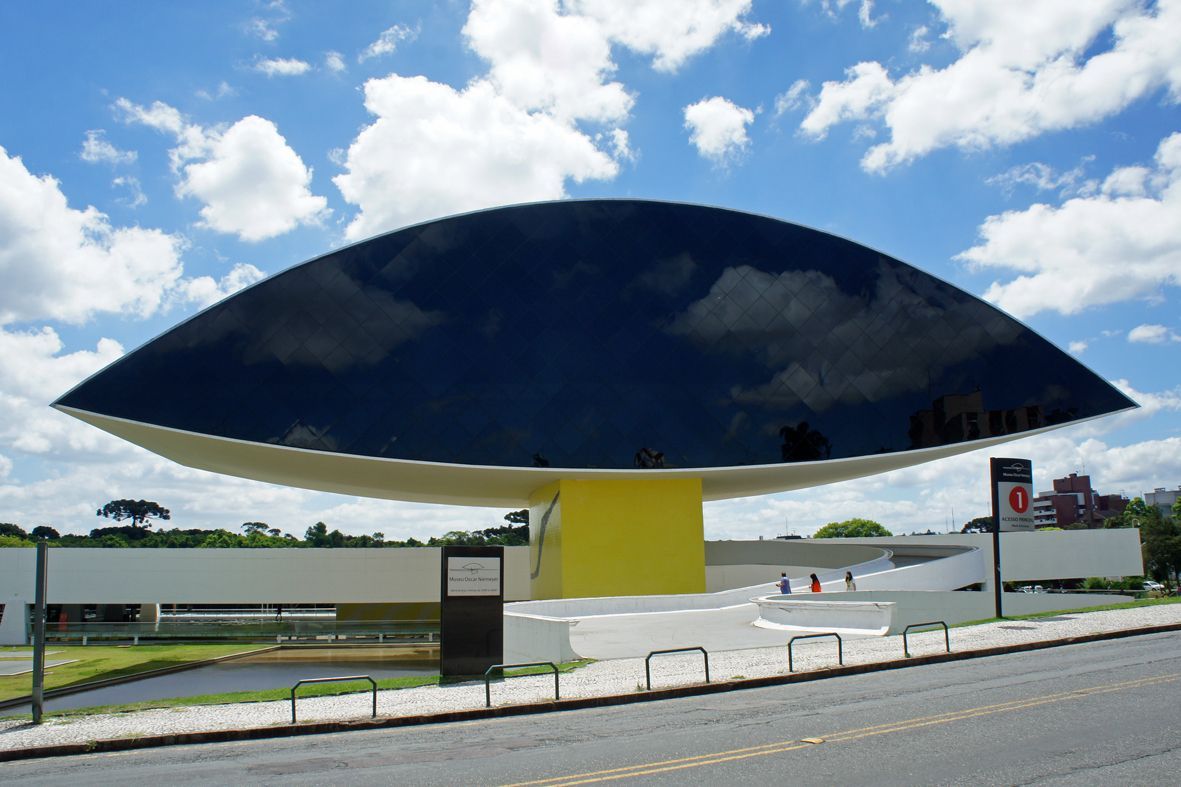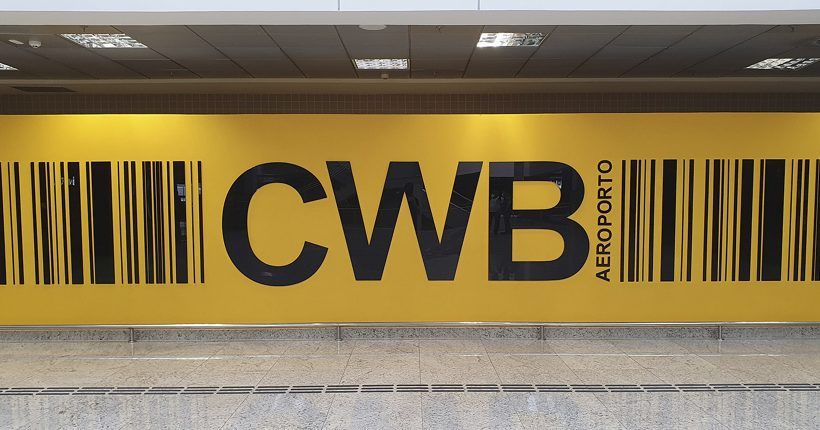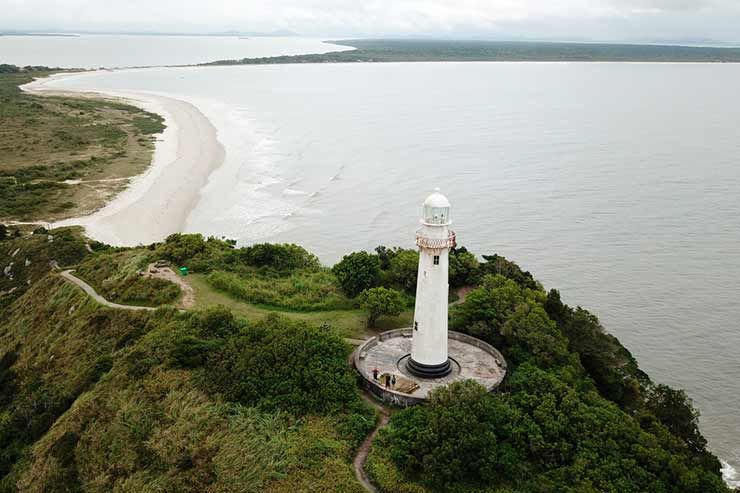The Cross of the Baron: The Legacy of Ildefonso Correia Pereira and the History of the Federalist Revolution
The Cross of the Baron is a historical landmark in Paraná, located in Morretes, and is one of the most emblematic sites in the fight for freedom and the brutality that marked the Federalist Revolution of 1894.
But did you know that behind this cross, there is a story of courage, betrayal, and one of the most cruel murders in the history of the state?
Many know the Cross, but few know what truly happened there. What led a respected man,
Ildefonso Correia Pereira, the Baron of Cerro Azul, to be sentenced to death for a simple act of defending his city and his people?
Keep reading and discover the true weight of this cross, which still carries a legacy of sacrifice and heroism today.
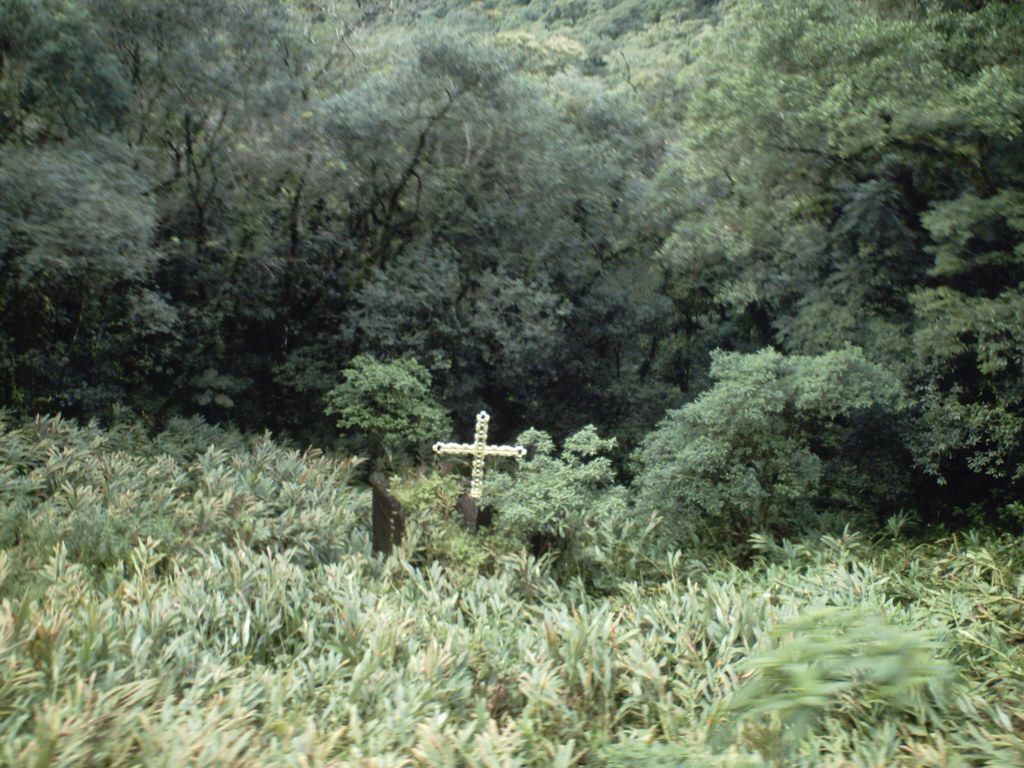
First of all: Erva-Mate and Paraná, The Engine of the Economy
At the end of the 19th century, Paraná experienced a period of economic growth driven by yerba mate, which became one of the most important products for the state and Brazil. Curitiba and other cities in Paraná were centers of commerce, and erva-mate supplied the entire country.
This product not only strengthened the local economy but also generated power struggles, especially between farmers and the military.
The production of erva-mate was essential for consolidating Paraná as one of Brazil's most important states, and the political issues that arose during the Federalist Revolution were directly tied to the control of this wealth. However, the rise of Floriano Peixoto and his brutal repression against the federalists profoundly changed the direction of the state.
But what led Ildefonso and his companions to death, and why does this cross represent one of the greatest injustices in the history of Paraná?
The answer lies in a time of great political and military turmoil when the country was at the mercy of powerful personal, military, and political interests. To understand the true story of the Cross of the Baron, we need to go back to the events that defined the Federalist Revolution and the central role of Floriano Peixoto, the authoritarian president who ruled Brazil with an iron fist.
Floriano Peixoto and the Brutality of the Government
The Federalist Revolution was marked by violence and the brutality of Floriano Peixoto, the president of Brazil, who, after taking power in an authoritarian manner, did not hesitate to use military force to repress movements that threatened his dominance.
Floriano, known for his brutality, led a government that spared no one, not even civilians, in his quest for absolute power. Under his leadership, thousands of federalists, known as Maragatos, were killed, and entire cities were taken with extreme violence.
In a time of great crisis, Floriano Peixoto closed the National Congress and governed without constitutional support, generating revolt in various parts of the country. The conflict culminated in the Federalist Revolution, which started in Rio Grande do Sul after Floriano restored Julio de Castilhos to power, who had already been overthrown by the gauchos, who then marched toward Rio de Janeiro (the capital of Brazil at the time), aiming to ensure new elections and a revision of the state constitutions.
The arrival of the Maragatos in Paraná during the Federalist Revolution of 1894 brought a tense and violent atmosphere. After conquering Santa Catarina, the federalists advanced through Paraná, and the most dramatic moment was the siege of the city of Lapa, which heroically resisted for 26 days against Floriano Peixoto's forces. This resistance, marked by bravery, is a key chapter in the history of the Republic.
Learn about the history of Lapa with our tour and experience the excitement of this historic battle.
The city of Lapa, in addition to being defended by men, saw the participation of women and children who fought bravely at the front lines, turning the battle into a bloody episode of resistance. The courage of these women, who enlisted alongside the soldiers, and the children, who helped with logistical support, made this battle a landmark of heroism and sacrifice.
AAfter the fall of Lapa, Curitiba, fearing invasion with the state government already removed, was left unprotected. It was then that Ildefonso Correia Pereira, the Baron of Cerro Azul, took leadership and made a risky negotiation to save the city. Without weapons and with the city at the mercy of violence, the Baron and his colleagues from the Chamber of Commerce decided to offer a large sum of money to the Maragatos to ensure peace.
They gathered 300 contos de réis — a fortune of the time, equivalent to around 36 million reais today — as ransom for the city's safety. The courage of Ildefonso Correia Pereira, who risked everything for his city and people, was crucial in preventing a direct confrontation in Curitiba, which could have been devastating. The negotiation was accepted by the Maragatos, and the city of Curitiba passed through the war unscathed, preserving its lives and infrastructure.
The Tragedy of Ildefonso Correia Pereira and the Cross of the Baron
In 1894, with the Federalist Revolution weakened, Floriano Peixoto's government ordered the arrest of the leaders of the resistance in Curitiba. Ildefonso Correia Pereira, the Baron of Cerro Azul, was one of the main figures responsible for negotiating with the revolutionaries to try to save the city from a bloodbath. Rather than surrendering, he and his colleagues sought a peaceful solution by offering money to guarantee the safety of the population.
However, his actions were seen as betrayal by Floriano, who decided to punish them brutally.
In the early hours of May 20, 1894, the six men were taken under custody to Paranaguá. During transport, in a train journey, Floriano Peixoto gave direct orders for the prisoners to be killed. When the train made an unscheduled stop, the six men were taken off and brutally beaten to death, being thrown into the ravine where today stands the Cross of the Baron, a symbol of the cruelty of this moment.
Relive the History on the Serra do Mar Train
The Cross of the Baron is not only a monument to tragedy but also a symbol of resistance and heroism. For those who wish to learn more about this episode of our history,
Brasul Trips offers the opportunity to relive this narrative aboard the
Serra do Mar Paranaense Train, in the
Baron of Cerro Azul Car. This car was created in honor of
Ildefonso Correia Pereira and his companions, with a route passing through the beautiful landscapes of
Serra do Mar, one of the regions most impacted by these events.
To revisit this history, visit the city of Lapa, near Curitiba, considered a large open-air museum in the state, and also travel aboard a historical car that honors this hero, whose train is the only way to see the landmark of his bravery, as well as enjoy the beautiful blue hills of the Serra do Mar Paranaense and discover the story of courage, sacrifice, and heroism that still echoes in the memory of Paraná.
Book now and embark on this historical journey, in honor of the Baron of Cerro Azul and the legacy he left for Paraná!
📞 (41) 98840-0172
